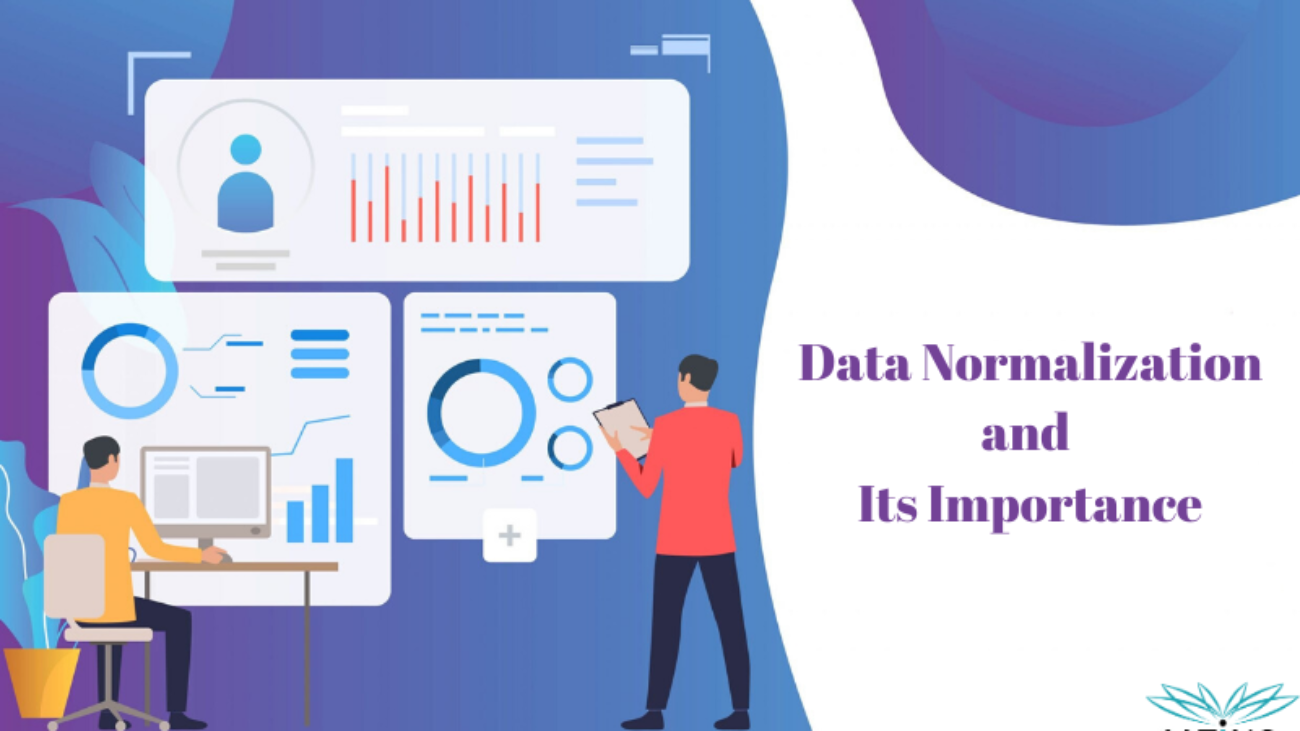Product data enrichment is about providing vital information of your product accurately. Customers visit your website but within no time they leave the site, as the data available of your product doesn’t keep them engage. The information of your product may not be relevant and satisfactory as per customers need. This is here, the product data enrichment plays its role and helps the online owners to convert visitors into customers.
If a visitor is not satisfied with your product data information, he will be inclined towards your competitors product-where he will get all information about what is he looking for and buy from them.
What is Product Data Enrichment ?
Product data enrichment is all about finding gaps and inconsistencies in product data and rectify them with up-to-date, accurate and relevant information. Product enrichment helps in providing more details of your product like, color, size, descriptions, measurements attributes etc.,
Most eCommerce owners tend to lose customers even before the checkout, as the customer find the product description- inadequate or inappropriate. Customers making online purchases are solely dependent on product data that store owners publish on product pages. Online merchants operating on leading eCommerce platforms including Magento, Zen-cart, X-cart etc., and market places such as Amazon, eBay etc., have successfully reduced the bounce rate on their online stores with the help of product data enrichment service.
How do eCommerce Product Data Enrichment increases sales
#1. Reduce cart abandonment :
shopping cart abandonment is one of the biggest problems online business owners are facing. Cart abandonment refers to that customer behavior, where in a customer browse a website and after satisfaction, adds these products to his shopping cart – but he will never purchase it. 2 out of 3 customers leave the website before using credit card. This usually happens when customers are not satisfied with the product information provided by the website. Wavering thought process makes customer to abandon cart at the last moment. Adding valuable and appropriate product details also enrich their product with required content ensures that customers don’t abandon carts due to wavering thoughts.
#2. Contextual information :
in simple words contextual information means, extra information that helps you understand something better.
Consumer product companies, mostly provide inadequate product information, which doesn’t have the power to compel the customers for repeat visits. The contextual product description will help the customer to understand that by purchasing your product, it will add value to their lives. They can enjoy a higher standard of life. This makes it necessary to write the product copy in a manner where it provides all the contextual product information required. Contextual marketers deliver the most relevant information possible to consumers in the timely manner possible. Contextual information helps you gain greater intimacy with customers and target market segments more efficiently.
#3. Product page meta data to boost traffic :
There are a lot of things that go into optimizing a website for search engine optimization. One of these is metadata. The primary job of metadata is to tell not only the visitors but also the search engines what a page is about. Customers face difficulties in finding what they want to buy. It is due to inefficient product title description and mega tags. In such cases product metadata needs to be fixed immediately. Title tags and meta descriptions are essential as
- It is the consumers first digital touchpoint
- Gets you more clicks.
- It helps with better rankings.
With better ranking rate and more clicks will ultimately boost the traffic to your website, thus accelerating sales.
#4. Product categorization :
it is clear that if information is not clear, properly categorized, website visitors will rarely continue to try and find the products they want. You cannot avoid product categorization. It is the ground level work. Product categorization helps the user to complete the buying cycle, before leaving the site. If product categorization is not carried out properly, it will result in lost sales. Managing product data is all about validating and fixing errors in product categorization. Developing product taxonomies, fix product descriptions with appropriate keywords and tags and classifying it correctly will help you boost your e-commerce sales.
#5. Cross-selling and up-selling premium products :
up selling is the practice of encouraging customers to purchase a comparable higher-end product than one asked in query. While cross-selling invites customers to buy related or complementary items. Both up selling and cross selling if done properly, provides maximum value to customer and increases revenue without any extra cost. Product data enrichment ensures that, purchaser visiting your website end up finding related or alternative products along with the ones they were looking for and also in the absence of it. This can be fulfilled by exhibiting all related products on a particular page.
#6. Helps in making purchase decision :
Product data enrichment facilitates faster product discovery, accurate search results and rich experience. It ensures the customers visiting your site have no doubts in mind when it comes to making a decision to purchase. Product enrichment helps customer to find right product faster with proper product description and making the buying process smooth and simple – will leave customer with no confusion and end up the cycle by buying the product and with a good customer experience.
#7. Enhances consumer experience :
With answer to all queries that customers have in mind- data enrichment facilitates online retailers to enhance consumer experience. When customers purchase products that add value to their lives make a big difference to your overall sales number.
Conclusion :
Product data enrichment aims at enriching your product related data with relevant information. It analyzes your data thoroughly, inconsistencies, errors and duplicate entries and enrich product descriptions with keywords to improve the search rankings of your products. Implementing product data enrichment helps you increase your e-commerce sales figures and converts product search to product sales.


